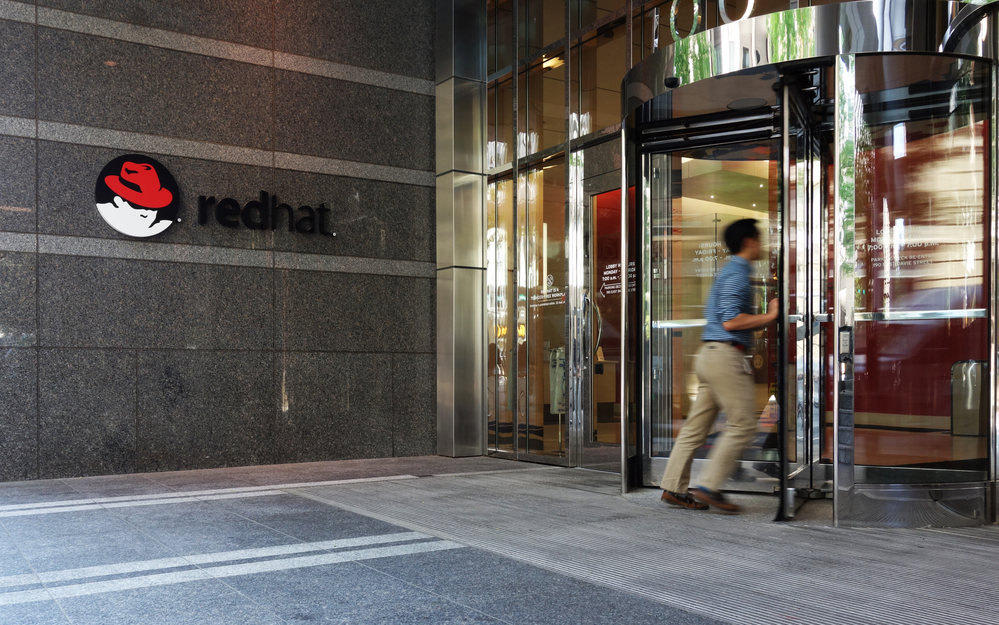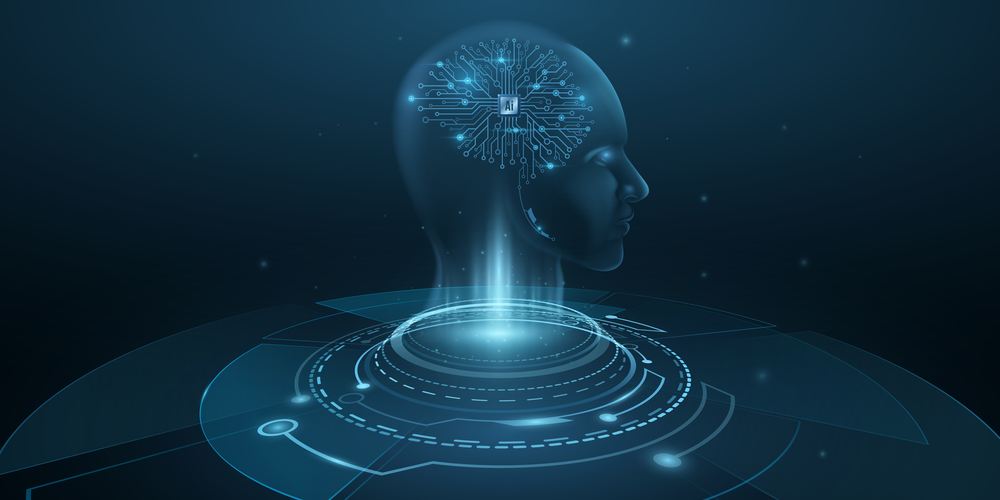
While Google Cloud may be stuck in third place in the cloud service market, it does have a few sectors where it is in pole position by a considerable margin. One of these sectors is generative AI, with 70 percent of all startups in the sector relying on Google Cloud infrastructure and services.
According to Alphabet and Google CEO Sundar Pichai: “Our AI-optimized infrastructure is a leading platform for training and serving generative AI models.” It noted several unicorn startups which use the platform, including Cohere, Jasper, and TypeFace. (His comments came when discussing quarterly results.)
Google has been focused on artificial intelligence for quite some time, which may be why its portfolio of AI and ML-based tools are considered of higher sophistication than AWS and Azure, although both cloud platforms are spending billions to offer more tools to developers.
See also: Explore the Mutual Advantages of Generative AI and the Cloud
Even though some consider OpenAI outpacing Google when it comes to generative AI development, it should be noted that the framework which powers GPT, the transformer architecture, was invented by Google in 2017 and led to the creation of one of the first large language models, BERT, in 2018. Google has other accolades in the AI world, and is considered the leading edge in AI research.
On Google Cloud, there are many tools available for generative AI researchers. Vertex AI is the company’s main platform for AI, which is a unified data and AI platform which helps developers build, deploy, and scale ML and AI projects at a faster rate. The platform also includes MLOps practices, a library of pre-trained ML models including foundational, first-party, and third-party, and a studio to experiment with the model and integrate tools.
Alongside Vertex AI, Google Cloud also has a Generative AI App Builder which is an assistance tools for developers looking to build chatbots and search applications, which can use text, voice, images, and video. The service simplifies the orchestration process, and reduces the amount of developer work needed to create a generative AI product.
Google Cloud also has tools for developers to utilize the company’s own generative AI services as an assistant in writing, organizing, and visualizing data and code. It has made some of these tools available to Google Drive users as well, in Google Docs and Google Sheets.
Google has its own generative AI products, including Bard, which is a chatbot similar to ChatGPT. Pichai and others have said they plan to launch several AI products in the next 12 months, with some launched at Google I/O this year, in response to shareholder worries that OpenAI may be coming for Google Search.
In terms of large scale generative AI companies, Google has Anthropic, Midjourney, and Stability AI on its side. Microsoft spent $10 billion to keep OpenAI on its servers, and AWS has announced a partnership with open-source generative AI startup Hugging Face. There is a growing level of importance to have the top names using their cloud services, with one of the stipulations of Google’s recent investment in Anthropic that it uses Google Cloud services.




